Who was Hassan Nasrallah, leader of Lebanon’s Hezbollah - and why did he matter?
Hassan Nasrallah, killed by Israel in air strikes on Beirut, was praised for driving the Israeli army out of Lebanon but criticised for threatening Lebanese sovereignty with close links to Syria and Iran
Editor’s note: This piece was first published on 14 May 2024, and is being updated with latest developments.
Sayyed Hassan Nasrallah, one of the most powerful Arab figures in the Middle East, has left a lasting mark on modern Lebanon, the Arab-Israel conflict and the wider region.
He was killed aged 64 in a series of powerful Israeli air strikes in south Beirut on 27 September.
Under Nasrallah, whose surname translates as "victory through God", Hezbollah has grown from a local armed movement to the largest political party in Lebanon’s recent history.
In the 2018 parliamentary elections, Hezbollah won more than 340,000 preferential votes, the most for any party in Lebanon since independence.
In October 2021, Nasrallah said that Hezbollah had 100,000 fighters, making it among the most powerful non-national armed organisations worldwide.
Such power is backed by regional influence that has only enhanced Hezbollah’s reputation in the Arab world: to date, it is the only armed force, national or otherwise, to have forced Israel to retreat from an Arab country.
Nasrallah, whose speeches attract attention from across the Middle East and beyond, has long been prominent in Iran’s Axis of Resistance, which includes Hezbollah, the government of Syrian President Bashar Assad, the Palestinian movements Hamas and Islamic Jihad, the Houthi movement in Yemen, and several Iraqi paramilitary groups.
At the time of writing, Hezbollah is listed as a terrorist organisation by the US, UK, Germany, Australia, Canada, the Gulf Cooperation Council and much of the Arab League; and its military wing by the EU. In contrast, China and Russia among others take a neutral stance or maintain contact.
How did Nasrallah enter politics?
Nasrallah was born in 1960 to a poor Shia family in Sharshabouk, a deprived area of east Beirut's Karantina. Interested in religion while young, he was inspired by Sayyed Musa Sadr, an Iranian-born imam of Lebanese descent, who in spring 1974 launched the Movement of the Deprived, better known as Amal, to secure more power for Lebanon’s neglected Shia community, and improve conditions in east and south Lebanon.
Civil war broke out in Lebanon in April 1975: in July, Sadr launched the Lebanese Resistance Brigades, Amal’s armed wing, to protect south Lebanon from Israeli incursions.
Nasrallah joined Amal. As the civil war escalated, his family moved from predominantly Christian east Beirut to their ancestral village of Bazourieh in Tyre.
In December 1976, Nasrallah left for Najaf in Iraq to study at the city’s religious seminary (hawzah), which advocated a more active role for Shia religious scholars. There, he met Lebanese scholar Sayyed Abbas Mussawi, who was studying under Sayyed Mohammad Baqer Sadr, a cousin of Musa Sadr.
In early 1978, an Iraqi Baathist crackdown on Shia forced Nasrallah and Mussawi back to Lebanon. Mussawi founded a religious seminary in Baalbeck, where Nasrallah continued studying.
The next year, Nasrallah and Mussawi - now an Amal official - backed Iranian imam Ruhollah Khomeini, whose supporters had established the Islamic Republic of Iran.
How did Hezbollah come about?
In June 1982, Israel invaded Lebanon, after an assassination attempt on Shlomo Argov, Israel’s ambassador to London by the Abu Nidal Organisation, a splinter group of the PLO (Palestine Liberation Organization).
Israel besieged Beirut for 10 weeks before occupying it in September, intending to drive out the PLO and install a friendly puppet government. The assault killed at least 20,000 Lebanese and Palestinians, mainly civilians, and more than 370 Israelis, most of them military.
To deal with the repercussions of the invasion, Lebanese President Elias Sarkis formed a unifying National Salvation Committee, including Amal leader Nabih Berri and Lebanese Forces militia leader Bashir Gemayel, Israel’s main Christian ally in Lebanon.
But Mussawi, Nasrallah and others who backed Khomeini defected from Amal, accusing it of betrayal by joining the committee; armed resistance, they said, was the only answer.
Backed by Iran and Syria, the defectors established Hezbollah during the summer of 1982. It supported Khomeini’s Shia doctrine of velayat-e faqih (known in Arabic as wilayat al-faqih), that Iran’s supreme leader has religious as well as political authority over all Muslims, not only Iranians.
How did Nasrallah and Hezbollah fight Israel?
In 1982, Hezbollah launched a guerrilla campaign to drive Israel from Lebanon. It said this was a prelude to freeing historic Palestine, which includes the state of Israel.
Aside from attacking Israeli troops and outposts, Hezbollah also staged suicide bombings, including one against an Israeli military HQ in the southern city of Tyre in November 1982 that killed at least 75 Israelis and upwards of 20 Palestinians and Lebanese, many of who were prisoners.
The Multinational Force in Lebanon, a peace-keeping group that included troops from the US, UK and France, was set up and tasked with supervising the PLO withdrawal from Beirut and later backing Gemayel. But it eventually ended up fighting against opposition from the Druze, Sunni and Shia communities.
Further attacks followed. They included the bombing of the US Embassy in Lebanon in April 1983, which killed at least 17 Americans and more than 30 Lebanese; a similar attack on the relocated embassy in September 1984, which killed more than 20, mostly non-American; and the attacks on 23 October 1983 on the US Marines barracks and French paratroopers outpost in Beirut, which killed 300 troops and other personnel from both countries. Hezbollah, which was blamed, denied involvement but said it supported the killings.
By the summer of 1985, Israel had left much of south Lebanon, amid ongoing attacks, and occupied a string of communities close to the border. But Hezbollah pushed on and hit Israeli outposts in the so-called Security Zone.
That summer, Shia groups hijacked TWA Flight 847 and forced it to land in Beirut. One hostage was killed; the remaining 152, more than half of whom were American, were freed after Israel released 700 Lebanese and Palestinian prisoners. The US indicted Hezbollah senior commander Imad Mughniyyah for masterminding the operation: Hezbollah again denied responsibility but expressed support.
How did Nasrallah become the leader of Hezbollah?
In 1985, Nasrallah became head of Hezbollah’s executive council and a member of its shura council. He often went to Iran to consult and receive updates on the ongoing Iran-Iraq war, which happened, he later said, because he spoke better Persian than his colleagues.
“They used to tell me: You like the Iranians and they like you, so you go to Iran. I would meet with his eminence the Imam [Khomeini]. I would sit down with him for one hour, two hours or even more.”
In his memoirs, Iranian General Hossein Hamedani wrote how Nasrallah supervised overall policy, decades later, for the axis of allies during the civil war in Syria; and was tasked by Iran with uniting its armed allies in Iraq after the assassination of Iranian General Qassem Soleimani by the US in January 2020.
In February 1992 Mussawi, by now Hezbollah’s secretary general, his wife and child were assassinated in an Israeli air strike.
Speaking at his funeral, Nasrallah said: “We will continue this path… even if we are martyred, all of us and our houses demolished over our heads, we will not abandon the choice of the Islamic Resistance.”
Nasrallah took over Hezbollah, and under his leadership, the group acquired longer-range rockets, allowing it to target more areas in northern Israel.
Nasrallah said that an Islamic republic was best for Lebanon but Hezbollah would never propose this option in Lebanon unless it had the backing of the majority of the Lebanese.
During the summer of 1992, he fielded candidates for the first post-civil war parliamentary elections, when Hezbollah won 12 seats. It has since participated in every parliamentary election.
How often have Hezbollah and Israel come into conflict?
Of all the armed groups which have opposed Israel, Hezbollah has caused the Israeli armed forces the most difficulty.
Since the founding of Hezbollah in 1982, there has not been a year when there have not been exchanges of fire or rocket fire between the two sides.
During the mid-1990s, Hezbollah expanded military operations in the Israeli-occupied zone, miring Israel in an unwinnable guerrilla warfare and arguing it was doing so to recover the region and “allow its displaced people to return to their homes”.
In May 2000, Israel unilaterally withdrew from south Lebanon, the first time it had ended the occupation of an Arab territory without a treaty or security arrangement. The move validated Nasrallah’s long-standing argument that only armed resistance could recover Arab land.
In July 2006, Israel launched an incursion into Lebanon after Hezbollah captured two Israeli soldiers in a cross-border attack. Hezbollah said the kidnappings were to gain leverage for the release of Lebanese prisoners in Israel.
Cross-border exchanges escalated, as Hezbollah fired more than 4,000 rockets on northern Israel. By the end of the 33-day war, more than 1,200 Lebanese and 160 Israelis were dead - and Hezbollah’s reputation was further enhanced.
On 14 July 2006, during a speech, Nasrallah urged people in Beirut to look west to the Mediterranean coast. As they did so, Hezbollah fired a surface-to-sea missile against the Israeli naval ship Hanit, killing and wounding several crew.
The conflict ended on 14 August with UN Security Council Resolution 1701, which stipulated that a beefed-up UN Interim Force, along with Lebanese army units, would be solely responsible for security in the southern border region.
Nasrallah’s popularity soared, but his public appearances became rarer, amid fear of assassination by Israel. Most of his live speeches are now via video from an undisclosed location.
What role did Hezbollah and Nasrallah play in Israel's war on Gaza in 2023?
On 7 October 2023, Hamas and other Palestinian groups based in Gaza mounted a surprise attack on southern Israel, killing more than 1,100 people. Israel declared war that day: more than 35,000 Palestinians have been killed since.
In a 3 November 2023 speech, Nasrallah praised the Hamas-led attack, known as Al-Aqsa Flood, saying: “It was a heroic, courageous, creative, perfectly done and great act to which all salutes should be raised.”
He said it had revealed Israel’s weakness and vulnerability, but stressed that neither Hezbollah nor any of the Axis of Resistance member groups were aware of the attack in advance.
On 8 October, Hezbollah began firing on Israeli positions along the 120km Lebanese-Israeli border “in solidarity” with the Palestinians. The two sides have since been engaged in daily cross-border strikes. The increasing range and frequency of the attacks on both sides has raised fears of a wider regional conflict.
The group has also allowed Palestinian fighters to stage attacks against Israel from south Lebanon.
At the time of publication, over 1,500 people have been killed in Lebanon since the clashes between Israel and Hezbollah began on 8 October last year.
More than 700 people were killed in Israeli attacks across Lebanon this week, with over 550 deaths reported on 23 September alone. Additionally, more than 118,000 people have been displaced, according to the International Organization for Migration (IOM).
Hezbollah’s efforts have been aligned with those of other members of the Axis of Resistance, including the Ansarallah (Houthi) movement in Yemen, which has attacked shipping in the Red Sea and used drones against targets in Israel; and Iraqi armed movements, which have also used drones against Israel.
The strategy is intended to ease pressure on Hamas by tying up Israeli forces elsewhere and eventually forcing a permanent ceasefire in Gaza.
Given Nasrallah’s stature in the axis, it is highly likely that he played a major role in the direction and scope of the strategy.
What does Nasrallah think of other parties in Lebanon?
Alliances and interests between Hezbollah and other Lebanese groups are very fluid.
In the late 1980s, Hezbollah and Amal disagreed about armed tactics in the south, the political direction of Shia, and their vision for Lebanon.
In April 1988, Amal drove Hezbollah out of most of south Lebanon: the following month, Hezbollah took most of Shia-dominated south Beirut. Intermittent violence continued into 1989 and 1990, including tit-for-tat assassinations. Eventually, Syria and Iran, respective sponsors of Amal and Hezbollah, brokered a deal in November 1990, allowing Hezbollah to return to the south.
A shift in approach followed: during the 1990s, Hezbollah increasingly emphasised its Lebanese identity, being more open and talking to other parties, described as its “Lebanonization”.
“Hezbollah’s creation was the outcome of a Lebanese decision, a decision made by Lebanese. Hezbollah is a Lebanese party,” Nasrallah stressed in an interview in 1995.
By the mid-1990s, Hezbollah repaired relations with Amal. But following the Israeli withdrawal from the south in May 2000, many Lebanese no longer accepted the group’s claims that its power and massive arsenal were necessary to resist Israel. Within Lebanon, calls grew for Hezbollah to disarm.
On 14 February 2005, Rafic Hariri, prime minister for eight of the past 12 years, was killed by a bomb in Beirut: he had been a long-time ally of Syria, whose troops entered Lebanon in 1976 as part of a plan to end the country’s civil war, and whose presence was approved by the Taif peace deal of October 1989.
But Hariri’s relationship with Damascus had been strained just before his assassination, after he was accused of backing a Syrian pull-out from Lebanon and the disarmament of Hezbollah.
Under international pressure, Syria withdrew in April 2005. There followed a spate of assassinations targeting anti-Syrian politicians and journalists.
The March 14 coalition, formed after Hariri’s assassination, demanded an international investigation into his death, which it blamed on Syria. Years later, Lebanese Druze leader Walid Jumblatt, a key March 14 figure at the time, said that the coalition acted based on “US incitement”.
In the summer of 2020 and spring of 2022, the Special Tribunal for Lebanon convicted three Hezbollah operatives in their absence of involvement in Hariri’s assassination. A fourth was indicted but died in Syria before the trial. Nasrallah said the tribunal and its findings were an Israeli tool trying to spark civil war in Lebanon.
The March 14 coalition also said that Hezbollah should hand its arms over to the army and that the Lebanese government should exercise full sovereignty.
But Hezbollah argued that the under-equipped Lebanese army was too weak to deter any future Israeli threats. Meanwhile, the group’s influence grew as it filled the military and intelligence vacuum created by Syria’s departure.
In May 2008, the power struggle between Hezbollah and its Lebanese political opponents led to an armed struggle after the March 14-dominated government tried to dismantle the group’s telecoms network. Hezbollah fighters briefly seized parts of Beirut.
Peace came with a Qatari-brokered accord, under which Hezbollah shared power with the March 14 coalition. But despite numerous discussions about Hezbollah’s arsenal, it has remained.
What do the Lebanese think of Nasrallah?
Opinions on Nasrallah are often divided. He enjoys wide support among many Lebanese, especially Shia and those in south Lebanon.
Much of this relates to how Hezbollah has become a major regional military force, driving Israel out of south Lebanon. Supporters say Lebanon’s south has been able to enjoy two decades of unprecedented peace.
Many respect his humble lifestyle, in contrast to many Lebanese leaders and politicians; Nasrallah divulged in one interview that his monthly salary was not more than $1,300.
Nor has he expressed fear as to how he is regarded. “I don’t wait for history to absolve me…what matters is that God absolves us and we satisfy him,” Nasrallah said in an interview in 2016.
But for other Lebanese, Nasrallah has turned Hezbollah into a mini-state that has nibbled at the powers and sovereignty of the government and solidified Iran’s influence in Lebanon.
Opponents also say he has ruined Beirut’s relations with rich Arab states which could help the economically-stricken nation, not least through his support for Yemen’s Houthis, who have been fighting UAE and other GCC countries.
Likewise, the group’s backing of the Assad government during the civil war in Syria from 2011 onwards was criticised as hypocritical, given its resistance to the Israeli occupation of Lebanon.
In response, Nasrallah said that the fall of Assad would deprive Hezbollah of a major backer. He also used protecting religious sites and countering groups like the Islamic State as reasons to intervene in the conflict.
Nasrallah was also criticised for not backing nationwide anti-establishment protests against corruption, political instability and the economic crisis in autumn 2019. Nasrallah warned that foreign powers were trying to foment civil strife by exploiting these protests.
What will be Nasrallah’s legacy?
Under Nasrallah’s leadership of Hezbollah, modern Lebanon has been able to militarily defend itself against Israel, not least in the south.
Its political wing has become one of the most powerful parties of modern political Islam, with allies in Syria, Iraq, Yemen, Iran and Palestine.
But Hezbollah has often been dragged into regional civil wars, particularly in Syria and Yemen.
Lebanon is now suffering from an unprecedented economic crisis and is ostracised by many Arab countries. For many Lebanese, Hezbollah resembles other major political parties, with its failure to tackle endemic corruption and ensure basic services, employment and a prosperous future.
Who will succeed Nasrallah as leader of Hezbollah?
Any successor to Nasrallah will come from within the ranks of Hezbollah, an institutionalised party with a clear hierarchy.
Potential candidates could include Sayyed Hashem Safieddine, the head of Hezbollah’s executive council.
https://www.middleeasteye.net/news/explainer-who-hezbollah-leader-hassan-nasrallah-profile-lebanon
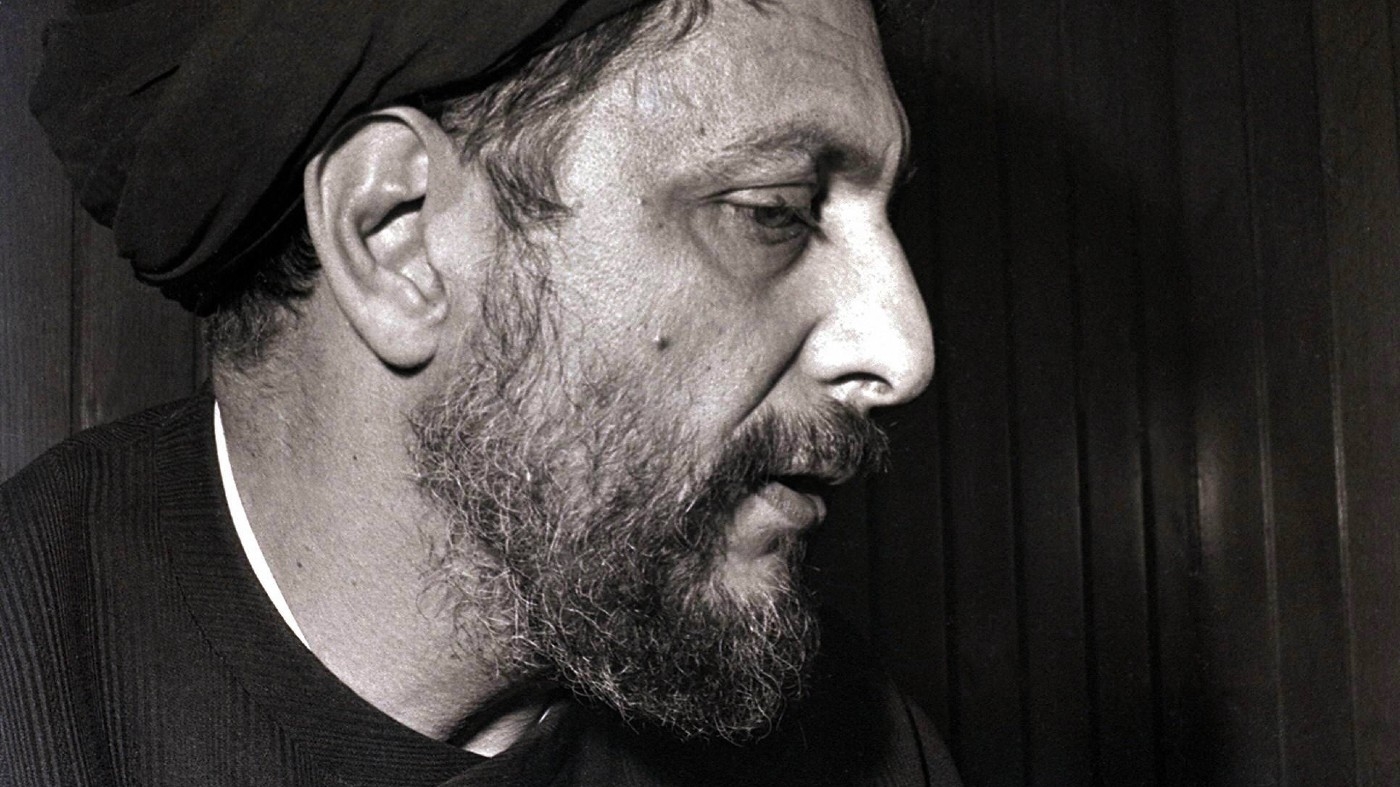
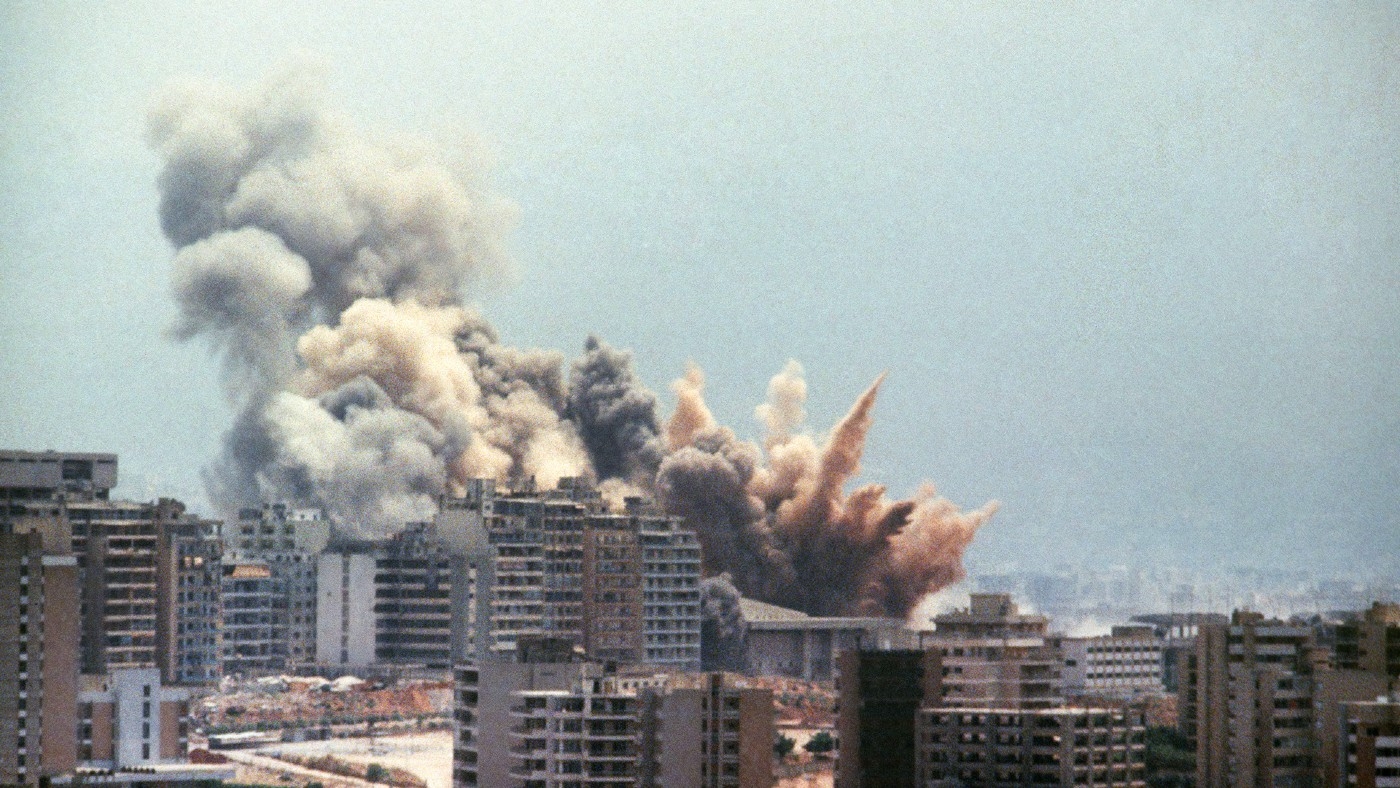
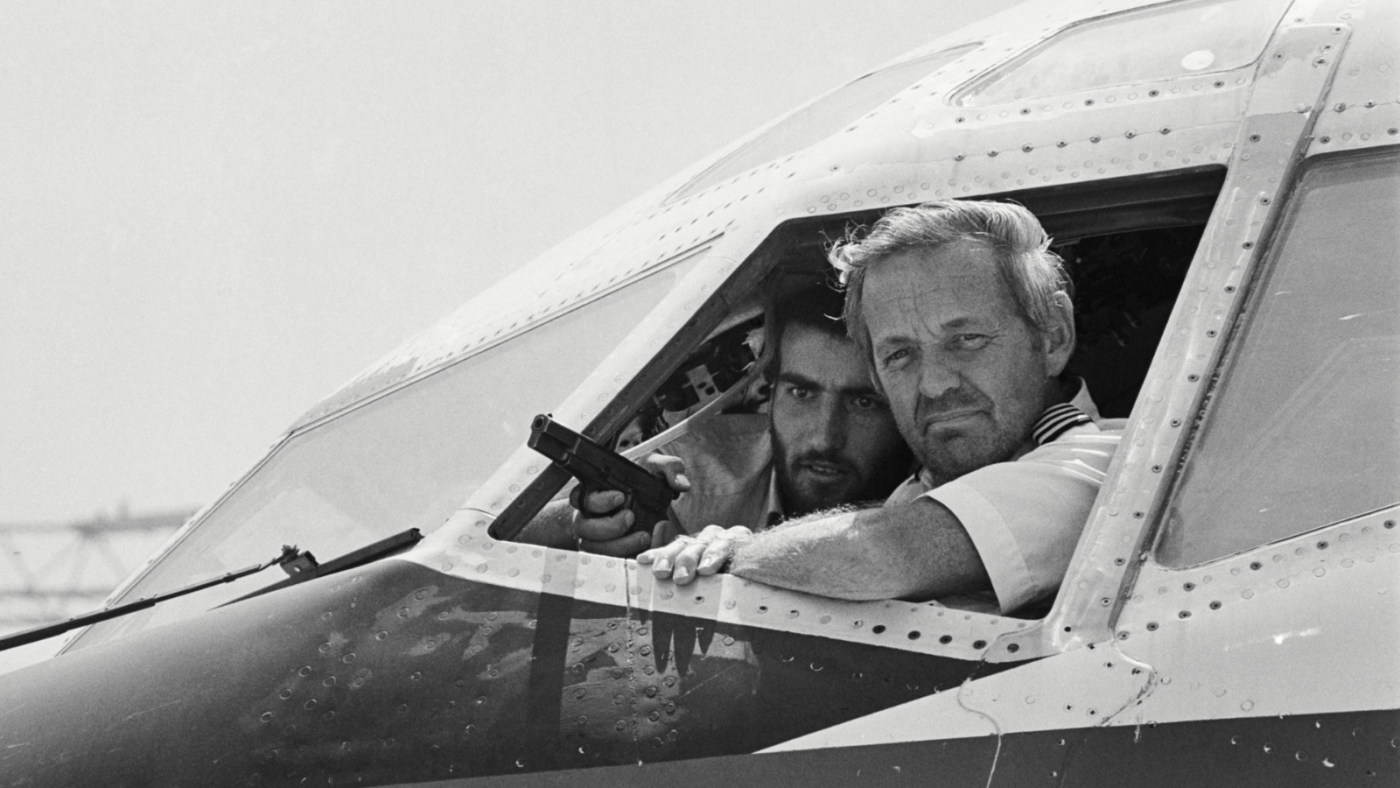
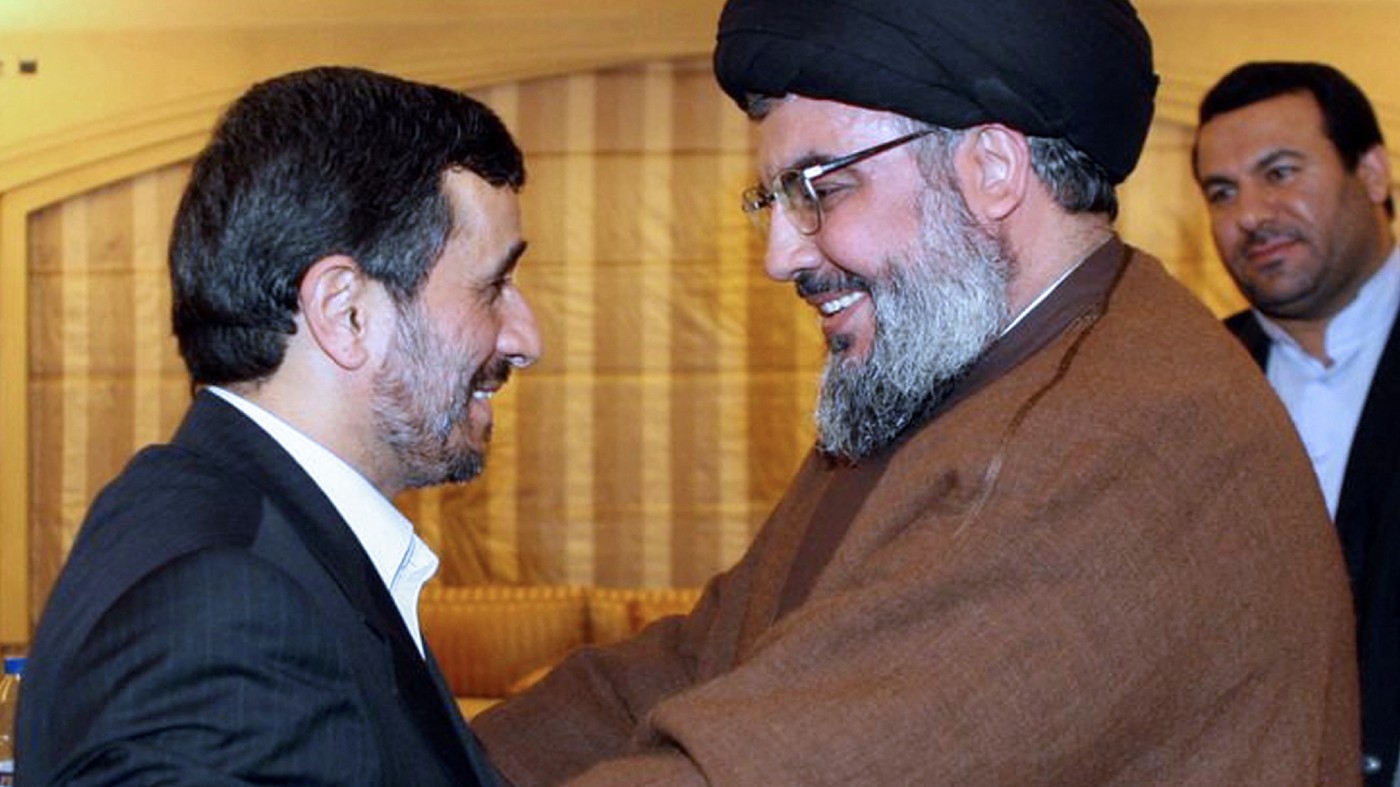
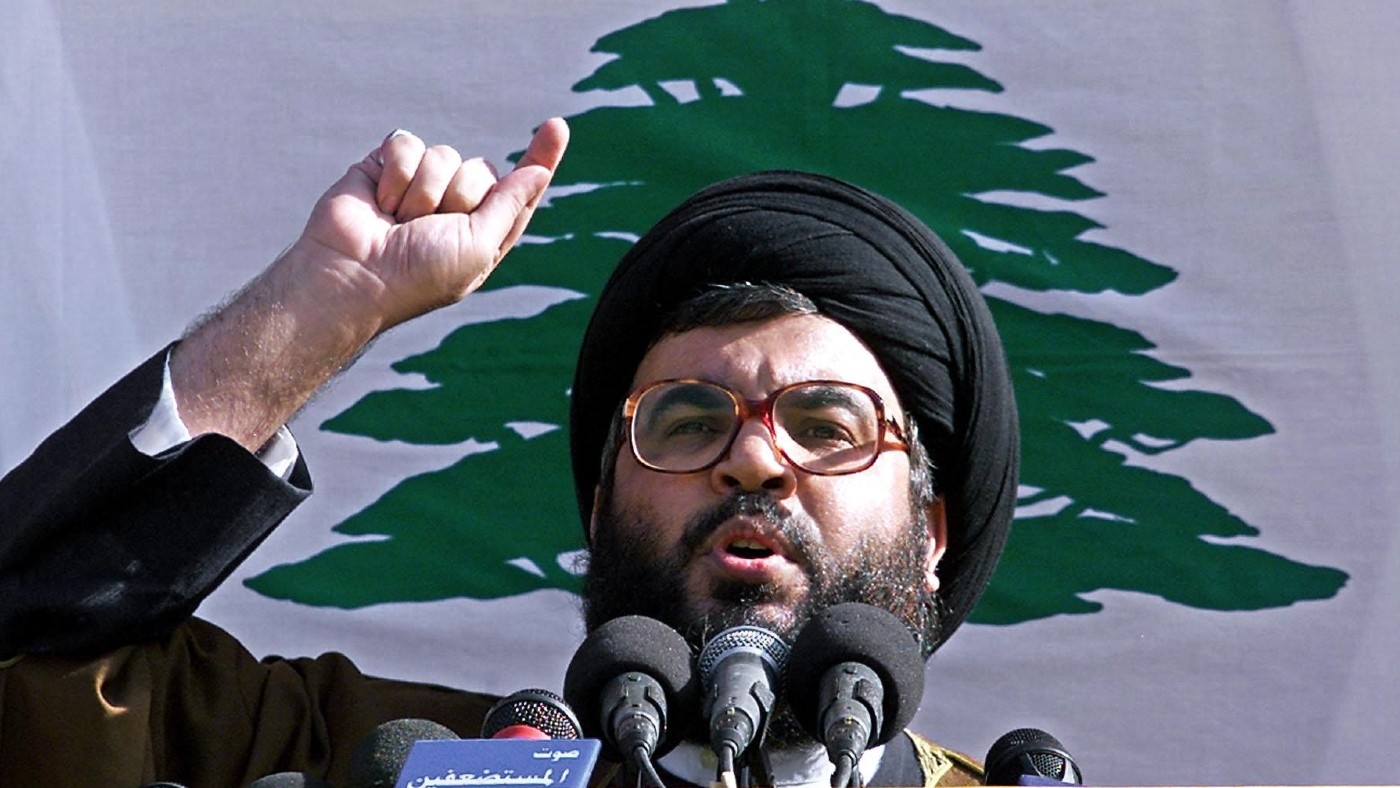
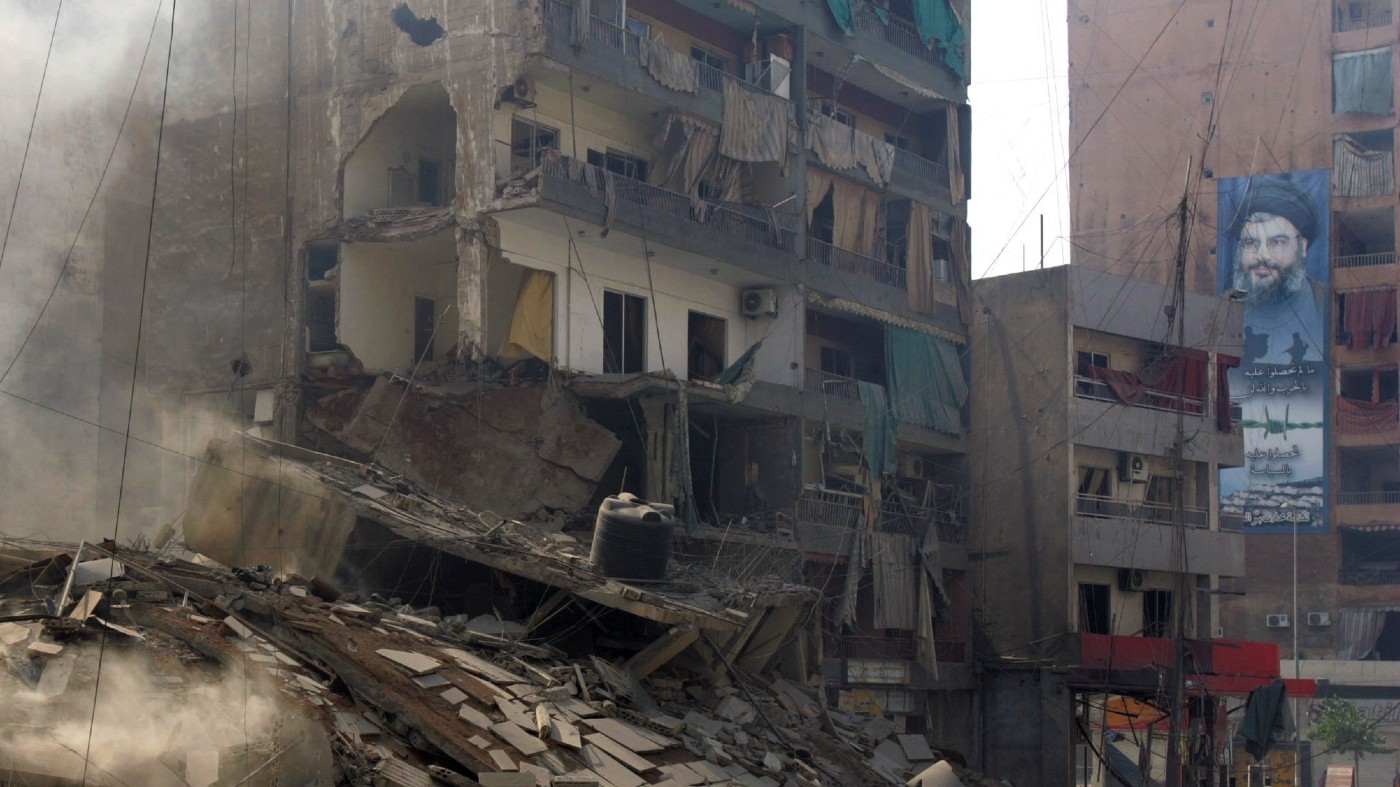
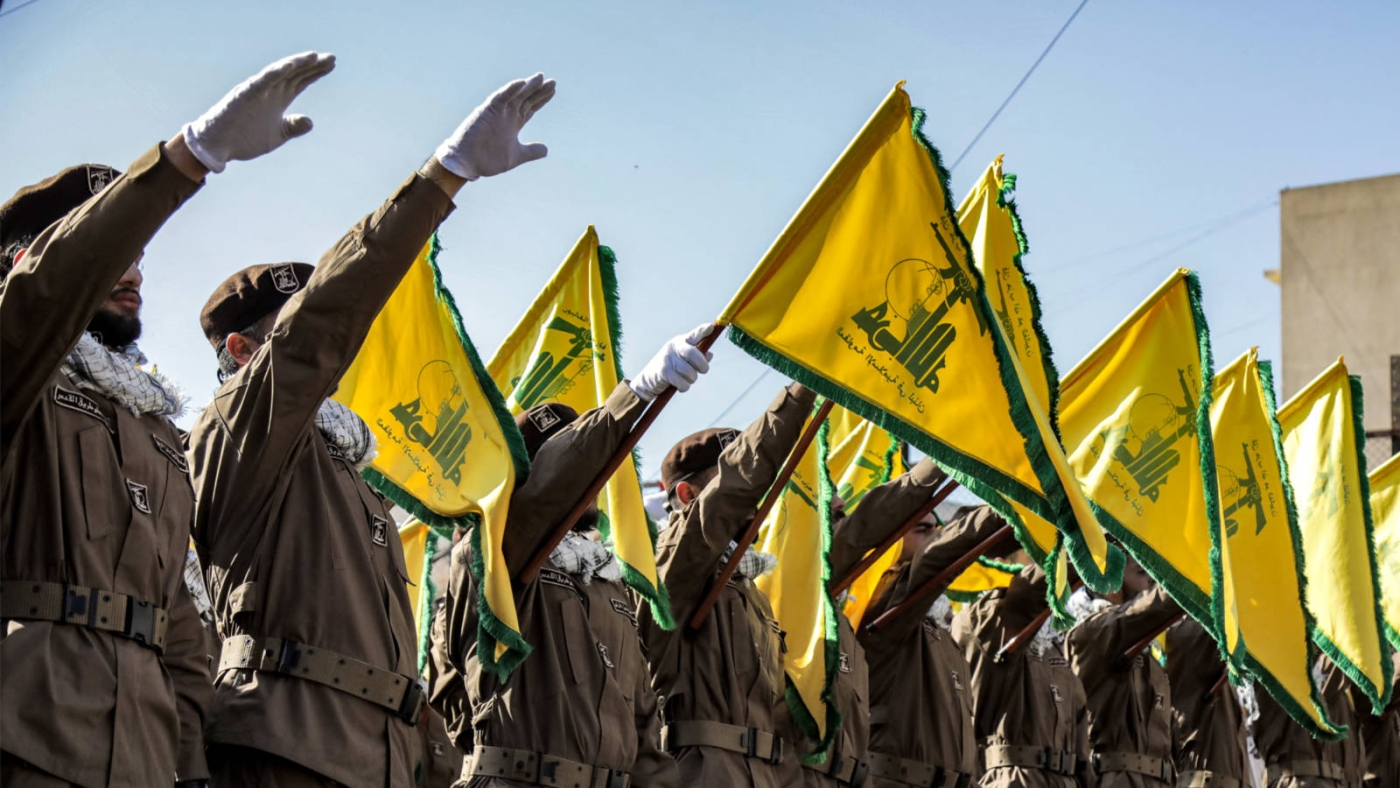
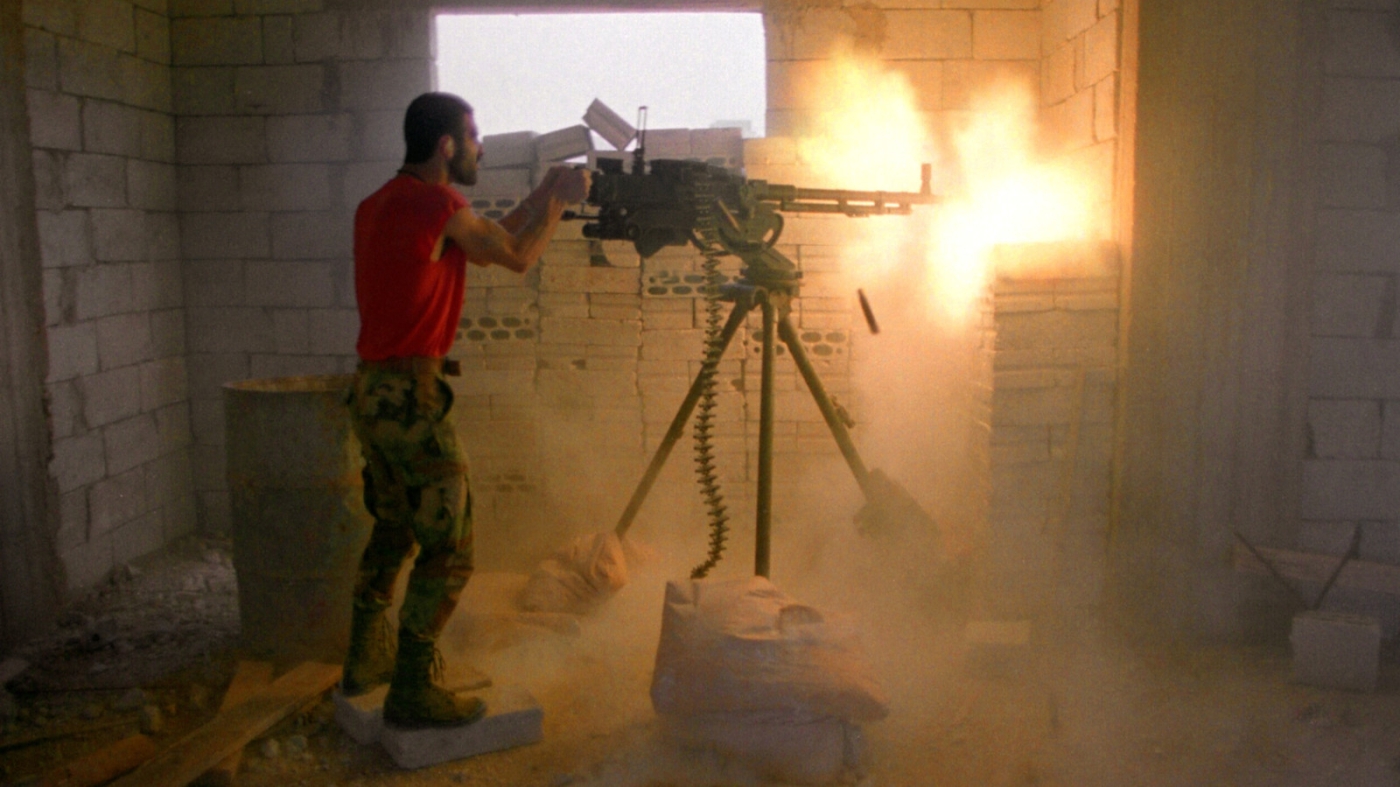
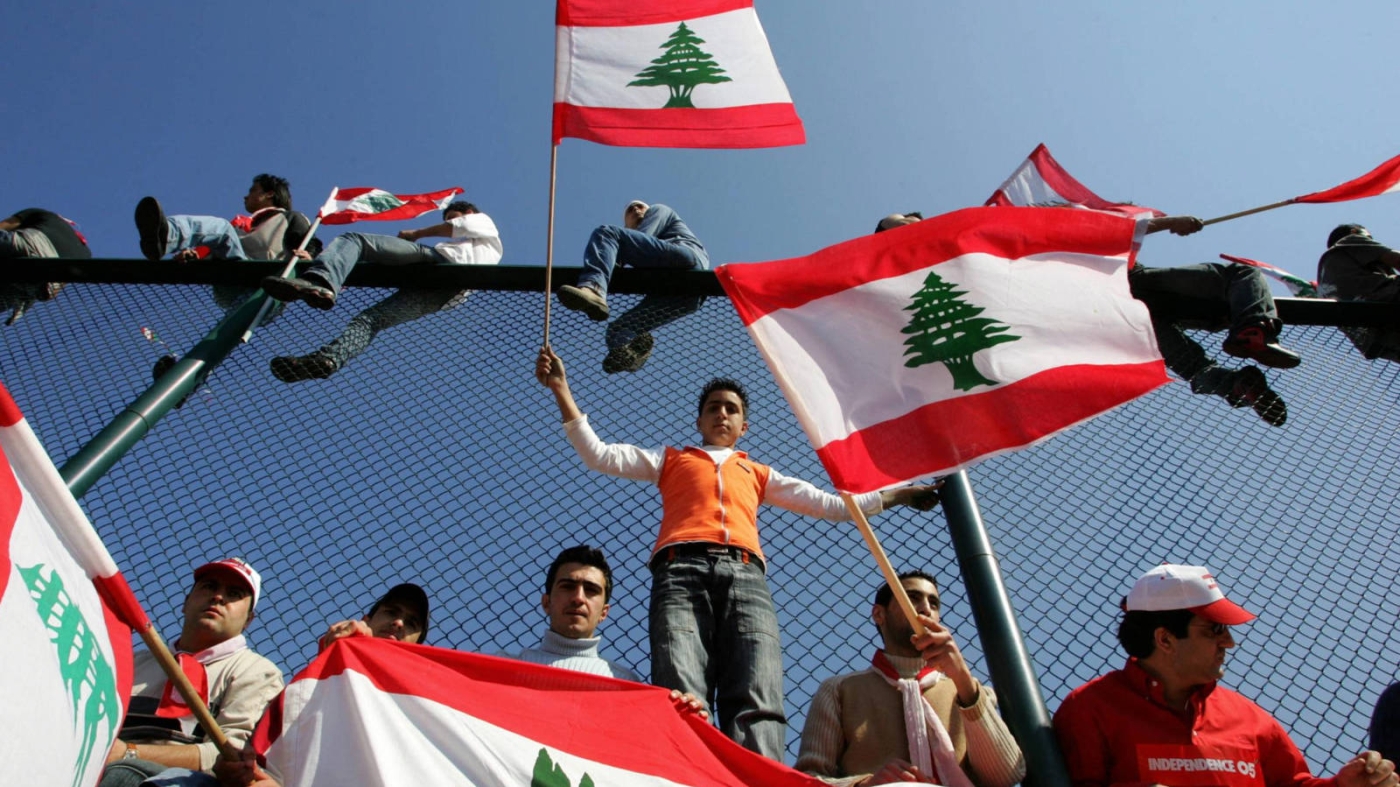

0 Comments:
Post a Comment
Subscribe to Post Comments [Atom]
<< Home